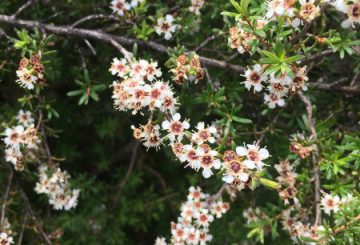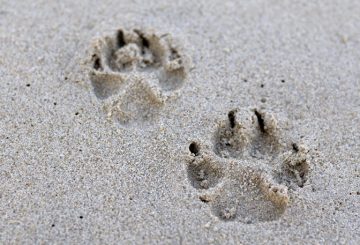마웨라 카레타이와 아들 잭 카레타이-바렛은 자연재해에 잘 대비하고 있습니다. 집에 있는 배낭과 차에 생존 물품을 보관하고 있습니다.현지 연구원인 마웨라는 뉴질랜드의 한 마을인 화카타네가 2011년 일본에서 일어난 것과 비슷한 대규모 지진과 쓰나미에 대비해야 한다고 경고한다.
북섬 동해안의 히쿠랑기 침투 지대를 연구하는 과학자들은 향후 50년 내에 대규모 지진이 발생할 것으로 예측하고 있습니다.규모 9.1의 지진만큼 클 확률은 25% 입니다.마웨라는 이러한 사건으로 인해 자원이 도시로 전달되기 때문에 심각한 기반 시설 손상과 고립을 초래할 수 있다고 경고합니다.
마웨라는 다음 달 동안 지질학 연구소인 GNS의 지진학자들과 함께 일련의 워크숍을 개최했습니다.그녀는 마을의 많은 사람들이 지진에 대한 대비를 제대로 하지 못하고 있다고 생각합니다.워크숍에서는 마을 아래의 침투 지대를 포함하여 위험에 처한 다양한 단층선에 대해 논의할 예정입니다.참석자들은 지역사회를 안전하게 지키는 방법에 대한 실행 계획을 가지고 떠나야 합니다.
마웨라는 화카타네 지역 의회에 대피 계획이 없다는 우려에 대해 이야기를 나눴다.시의회는 재난 교육에 대한 지역사회의 인식과 이해를 높이기 위해 최선을 다하고 있다고 밝혔다.
시의회는 쓰나미 및 홍수 위험에 대비한 새로운 대피 절차와 절차를 개발하기 위한 다기관 프로젝트 작업을 시작했습니다.또한 자연 재해 발생 후 비상 자원을 제공하기 위해 지역 전역에 민방위 센터를 개발하고 있습니다.
이 워크숍은 비즈니스 혁신 고용부 엔데버 펀드 (Endeavour Fund) 에서 자금을 지원하는 “Our Changing Coast”라는 연구 프로젝트의 일부입니다.이 프로젝트는 해안 지역의 토지 이동 및 해수면 상승과 같은 요인을 조사합니다.마웨라는 이 지역에 사는 젊은이들에게 미치는 영향을 연구해 달라는 요청을 받았습니다.
워크숍은 6월 마지막 주에 예정되어 있습니다.성공 여부에 따라 뉴질랜드의 모든 해안 지역으로 확대될 수 있습니다.




























































